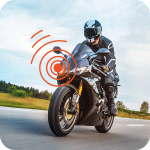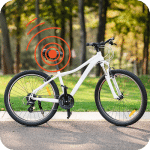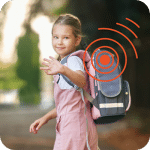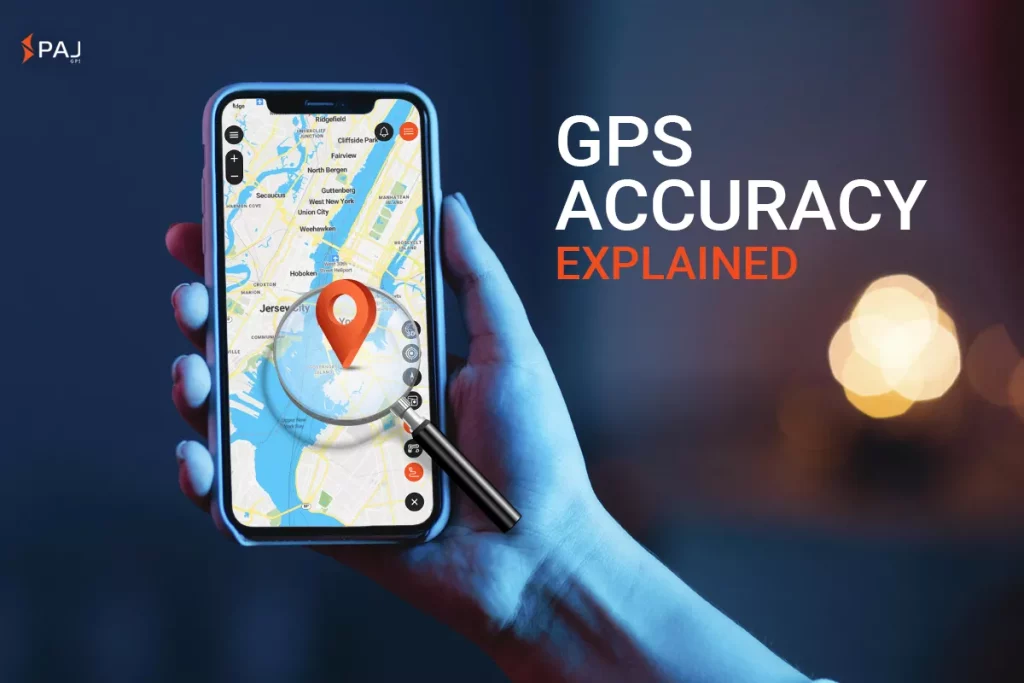GPS Accuracy: Everything To Know
GPS tracker usage is becoming increasingly common among people who want to protect their valuables. From automobile tracking to fleet management and tracking children and pets, its functionality is extensive. How accurate is GPS tracking? To answer this question, we have to look at what GPS trackers are and what determines GPS accuracy and precision.
First, let’s start with GPS accuracy. GPS accuracy refers to how closely the GPS receiver’s reported position matches its actual location on Earth—measured in meters or feet. GPS accuracy varies according to the GPS tracker, so you need a powerful device like PAJ-GPS for higher accuracy.
So, how is this process? Electric-powered trackers use a global positioning system (GPS) to receive signals from multiple satellites orbiting the Earth. The triangulation method calculates multiple signals to understand and track an object or person’s exact location.
GPS Accuracy: How Triangulation Ensures Precise Location Tracking
As mentioned earlier, to track the exact location, a triangulation method is used from the received signals. What is this method?
While orbiting the Earth, satellites broadcast their own location and timestamp. When at least three satellites are in line of sight of the tracked object, a GPS receiver receives signals, calculates the distance between itself and the satellite, and then sends the information to a monitoring device.
Since precision is of utmost importance and cannot be compromised in GPS tracking, the method of triangulation with zero margin of error ensures the accuracy of the data received from multiple satellites. Calculating data using triangulation methods ensures a high level of accuracy for any device.
GPS Accuracy Influenced by GPS devices
The real use of GPS tracking equipment lies in its ability to provide real-time location mapping, which enables the user to keep track of the movement of objects without any delay or inaccuracy, which can lead to errors. Let us look at the factors that influence GPS tracker accuracy.
1. We calculate the precise location of an object by receiving signals from satellites orbiting the Earth. To achieve correct accuracy, we take signals from at least three satellites. Therefore, strong signal strength should exist. If there are a large number of satellites, the accuracy of the position will be greater.
2. Signal blockage and atmospheric conditions, such as large buildings, trees, heavy clouds, or storms can sometimes cause jamming in the quality of signals. However, the latest developments in technology and devices enable us to overcome these challenges
3. Receiver Quality: The quality and sensitivity of the GPS tracker is important because it is a device that accurately interprets satellite signals. Buy good quality receivers with high signal processing capability.
4. User Location: The user’s position on Earth and its proximity to satellite signals can also influence accuracy. The position of GPS satellites in the sky impacts accuracy. A wider spread of satellites generally results in better accuracy.
5. Interference from other devices: At times, interference from other electronic devices or radio wave frequencies can completely disrupt GPS signals and their accuracy.
6. Assisted GPS or A-GPS uses cellular data to improve GPS accuracy and speed up location fixes. However, if cellular data is unavailable, accuracy may be affected.
GPS Drift and Accuracy issues arising from Satellites
As calculation is heavily dependent on time information sent by the satellite, there are possibilities of errors happening like, if Satellite positioning and Satellite health status are not good.
It is known as GPS Drift. GPS drift happens when there are occasional inaccuracies or fluctuations in the positional data provided by GPS systems.
These inaccuracies can happen due to Satellite geometry,Clock errors or Ephemeris errors.
Satellite geometry refers to the configuration of satellites. When satellites are closely aligned to each other, the location data might be less accurate.
Clock errors happen when the time recorded by the GPS satellites and the time according to the GPS receiver’s clock are not the same, it can cause an error.
Ephemeris errors are when transmitted location data of the GPS satellite is inaccurate which can lead to errors in calculating positions on Earth.
Enhancing GPS Tracker accuracy
GPS tracking devices rely heavily on precision and reliability for their effectiveness. The following points will help you determine your tracker accuracy.
1. GPS Tracker Device: A good GPS tracker device should be available to receive GPS signals from satellites. The device coordinates are then calculated by the tracker using the received signals. These trackers also require a power source to charge the battery . Ensure that the battery has good backup time for continuous operation.
2. Cellular Network: The PAJ GPS Tracker uses a cellular network, which is the best method for transmitting location data to the monitoring service without any delay. Always opt for devices that use SIM cards.
3. Differential GPS (DGPS): To enhance GPS accuracy, a correction technique called DGPS is used. In this study, additional ground-based reference stations were used to enhance GPS accuracy. DGPS can significantly improve accuracy in certain applications.
4. Monitoring System: Any backend infrastructure may be mobile or a computer that receives the location data from the tracker. For mobile GPS tracking, you can use a mobile app, whereas for computer-based GPS tracking, you can utilize software to view and interact with the GPS tracking system.
5. Update Firmware and Software: ensure that your GPS tracker’s firmware and software are up to date. Manufacturers often release updates to improve performance and accuracy. By integrating the latest technologies and updates, we ensure your data stays safe at all times and prevent any PAJ GPS data breach.
This software or apps can help store data and manage and analyze the tracked data. Ensure that your monitoring system is reliable and functional and regularly review the accuracy of your GPS trackers.
6. Calibrate your Device Compass: Simply calibrating compass can enhance GPS accuracy.
Why GPS accuracy is important
GPS trackers are no longer used solely for navigation—they now play a key role in safety and protection. GPS trackers rely on accuracy to provide precise location data for vehicles, assets, and people. They are also critical for creating accurate maps and conducting surveys. So it is important that your tracker device have high accuracy
GPS Accuracy and PAJ GPS Trackers
PAJ GPS trackers are designed to track reliably and accurately. We utilize advanced GPS technology and cellular connectivity to provide real-time location data. Features like A-GPS enhance accuracy, ensuring you can track your vehicles, assets, or loved ones easily.













